
Willa Cather’s A Lost Lady was first published in 1923. Cather describes the bustling, young city of Sweet Water, Nebraska and the subsequent decline of the booming frontier town. It's the story of Marian Forrester and her husband Captain Daniel Forrester, the town's leading citizens.
Young Niel Herbert is captivated by Marian Forrester. She is a gracious, charming, well-loved hostess, who is a generation younger than her husband. Niel seems to be in love with Marian, or he considers her his ideal woman. While revealing little of himself, Niel shares his observations of Marian with the reader, and the reader learns parts of Marian's story through his filtered viewpoint.
Marian respect and loves her husband, Captain Forrester, who is an honest and successful railroad builder. They have a happy marriage, but it is difficult to pinpoint her exact feelings towards him and his towards her. The narrator says that the Captain, “knew his wife better even than she knew herself.” The reader learns that Marian is having an affair with Frank Ellinger, a man from Colorado Spring, but Niel is unaware of this. Later, Niels is stunned to discover Marian in her bedroom with Ellinger, and his long-held admiration for her turns into contempt.
Meanwhile, the Captain’s strong conscience in business causes him to lose money. The Captain then becomes ill, and Marian is lost without him as her anchor. Coping with her sick husband, Marian is shocked to read that Ellinger has married another woman. Marian tries to call him, but she is saved from gossip when Niel cuts her phone line.
The Captain’s dies, and Niel describes the effect on Marian, saying, "since her husband's death she seemed to have become another woman...without him, she was like a ship without ballast, driven hither and thither by every wind.” The novel’s title may refer to Marian being lost without her husband, and it may also refer to Niel’s altered perception of Marian because he considers her to be morally lost.
Later on, Marian gives a slimy lawyer named Ivy Peters power over her finances. Ivy is a young man and the same age as Niel. Marian hopes Ivy will make her rich again. Near the novel’s conclusion, Niel sees that Marian is romantically involved with Ivy, and he never makes an attempt to meet her again.
Marian’s later history is described in the novel’s final pages. Marian left Sweet Water, and was seen in Buenos Aires, where she had married a rich, English rancher. Ultimately, Marian is resourceful and continued to live and change, while others around her did not. Was Marian lost, or not? Cather leaves it up to the reader to decide.
Related Reviews:
Death Comes for the Archbishop by Willa Cather
O Pioneers! by Willa Cather
External Link:
Essay on A Lost Lady by James Woodress
Purchase and read books by Willa Cather:
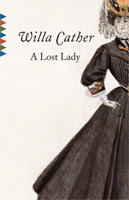


© penciledpage.com
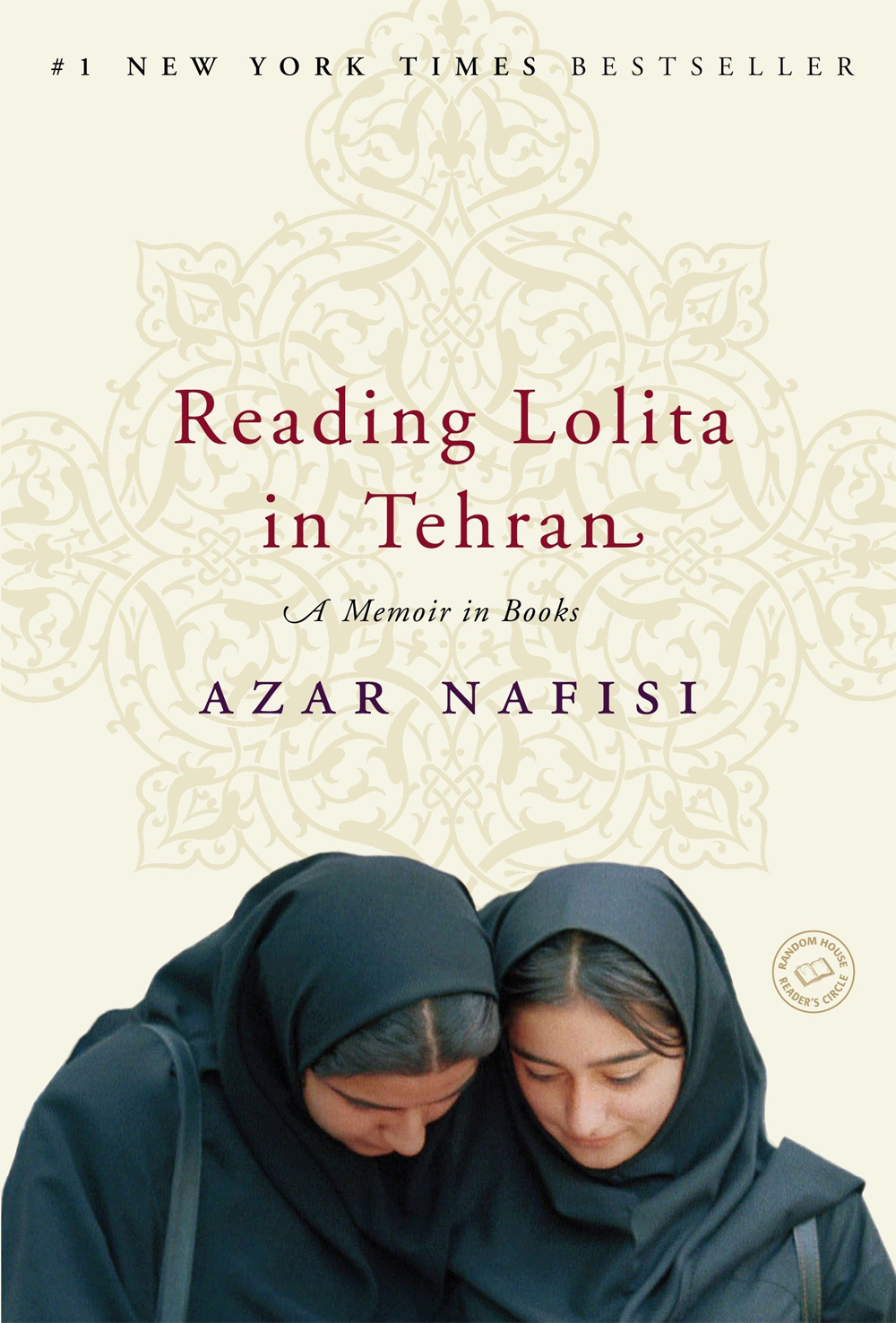

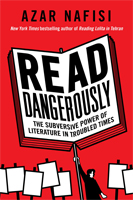
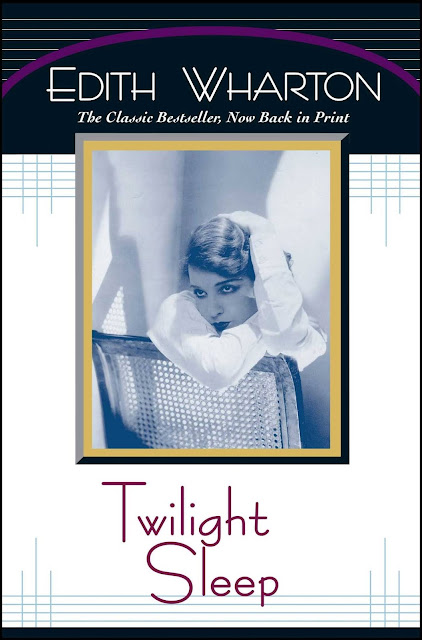










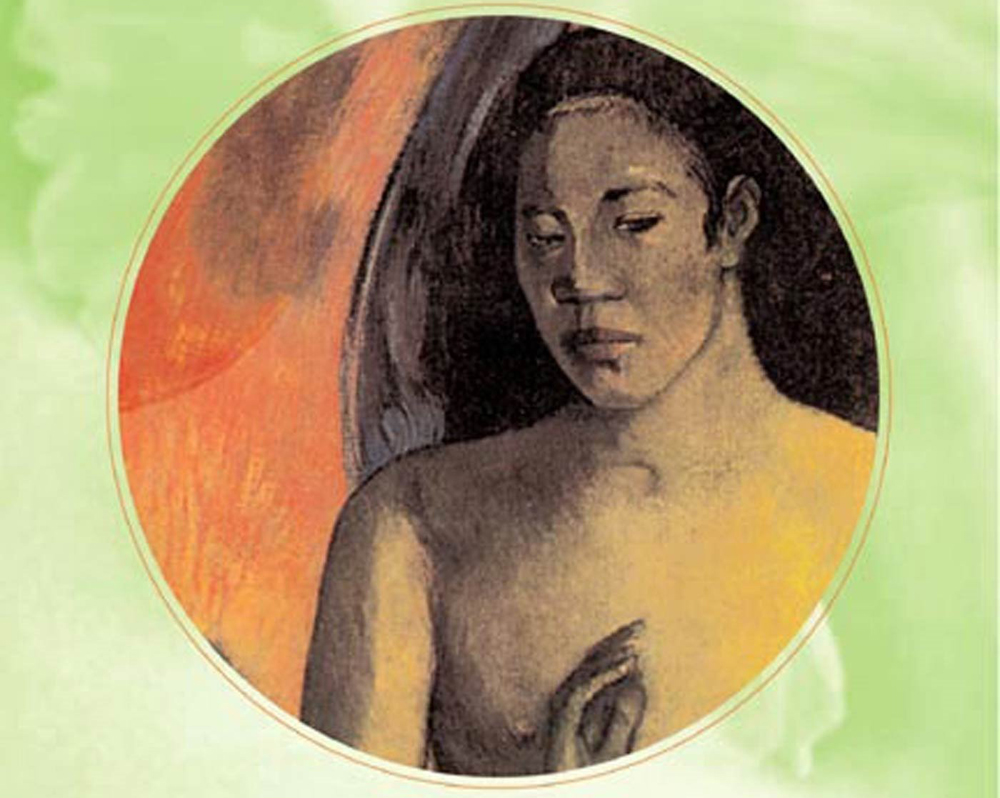
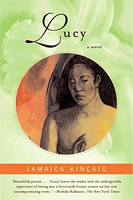
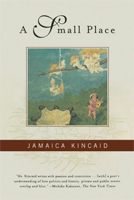











Search This Website